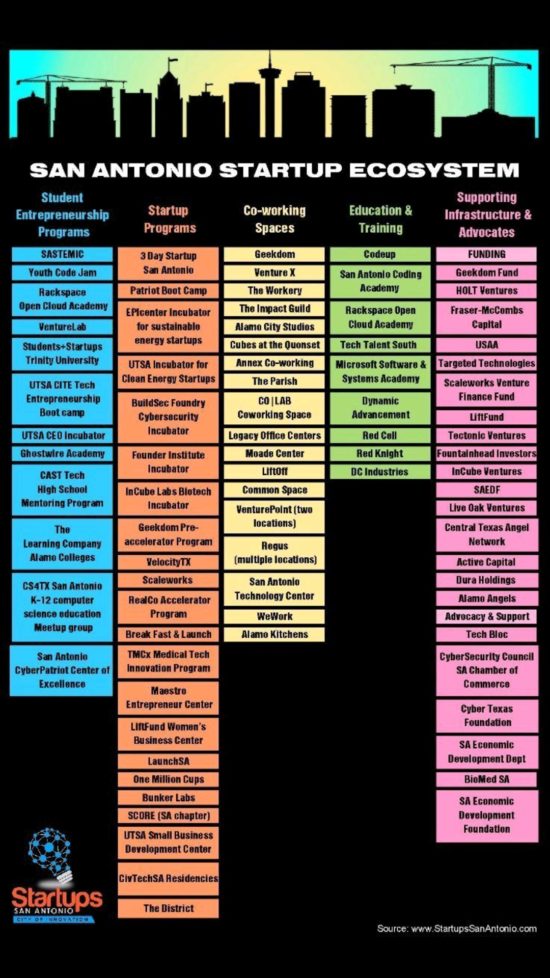Here’s a fantastic resource for startups in San Antonio. This information covers all sorts of topics from education to funding. Over the next few weeks, I’m going to feature some of these resources.
Funding is always a hot topic for startups. Where am I going to get money to make this thing happen? How much money do I really need?
Liftfund is local organization that has been microloans and small business loans to deserving entrepreneurs for over 20 years. They are just one of the many funding options in San Antonio and elsewhere.
Money is always crucial when starting or growing a business. When building your business plan, determining startup costs is very important. Here is an idea to use.
Draw a line down the center of a peice of paper. Top-left, write Must Have. Top-right, write Nice to Have. Sit down with your partners, spouse, friends, etc. and brainstorm money and things needed and place them in the appropriate column.
Write down everything…even if it doesn’t cost money. For instance, “Facebook and LinkedIn Business Pages,” should be Must Haves, but are free. A LinkedIn Premier Business account; however, will cost you.
This rather activity will help you think through the money you need to start and what you need to grow.




 Many people start their own business for a variety of reasons: extra income, want to be their own boss, freedom of when and when not to work, stay at home parent, and a whole host of other reasons. However, many of these businesses fail over time, often because the owner didn’t document, follow, and constantly update a strategic business plan. The often overlooked and seldom thought about aspects of any strategic and business plan, is deep down, why you’re doing what you’re doing and where you want it to go — the mission and vision. Sure, many companies have an idea and even some of them they write it down. But, how good are these statements for your company?
Many people start their own business for a variety of reasons: extra income, want to be their own boss, freedom of when and when not to work, stay at home parent, and a whole host of other reasons. However, many of these businesses fail over time, often because the owner didn’t document, follow, and constantly update a strategic business plan. The often overlooked and seldom thought about aspects of any strategic and business plan, is deep down, why you’re doing what you’re doing and where you want it to go — the mission and vision. Sure, many companies have an idea and even some of them they write it down. But, how good are these statements for your company?